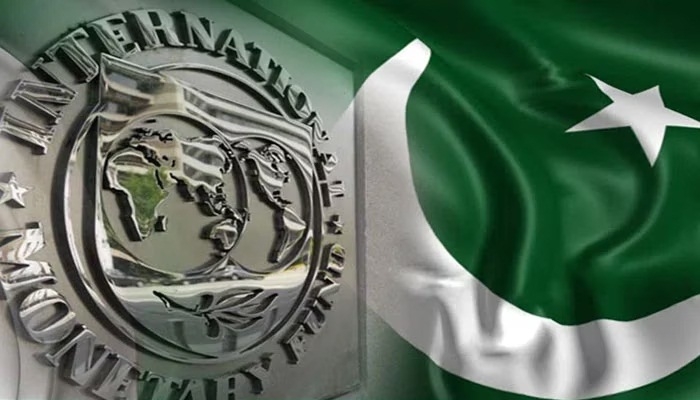Islamabad: The biggest challenge of the coalition government led by former Pakistan Prime Minister during its 16-month tenure was to settle the cash-strapped country’s economy and saving it from what seemed like a complete meltdown.
And after 16-months, the National Assembly has been disssolved, Pakistan’s economy has not collapsed but not recovered as well.
There are many factors that have been the result of a bad economic performance of the Shehbaz Sharif government, which took up the leftover baggage of economic distress by ousting former Prime Minister Imran Khan and struggled to handle the outburst of financial spillover impact.
“The failure of the Shehbaz Sharif government in reaching a bailout agreement with the International Monetary Fund (IMF) turned out to be a complete disaster that caused wide-ranging damage to Pakistan’s economy,” said Khurshid Ahmed, a seasoned economist.
“The $3 billion deal that was later signed with the IMF, came after eight long months of tough negotiations and bad mishandling by Finance Minister Ishaq Dar for revival of the earlier plan, which pushed Pakistan to the level that it had to agree to every single dictation by the IMF. “
Before the $3 billion IMF deal, Pakistan’s economy remained in meltdown for months as inflation reached record levels during April and May.
The Pakistani rupee was allowed to remain on a free-fall as it rapidly depreciated, forcing the government to take immediate and drastic measures during the past one year to avoid default.
The burden of the government’s failures and blunders has fallen onto the shoulders of the masses, who are faced with massive job losses, towering inflations, massive increase in prices of commodities, required for daily use, swelling increase in per unit price of electricity and gas, sending shockwaves down the spin of the locals as they received their energy utilisation bills for the month.
“As part of the IMF deal, Islamabad has committed to a petroleum levy of up to 50 rupees a liter, alongside a string of painful measures, including raising extra revenues, increasing energy prices and a market-based exchange rate, which has already fueled inflation,” said Khurshid Ahmed.
Another factor that further worsened the financial and economic standing of Pakistan was the devastation and destruction caused by the floods that killed over 1,700 people.
“The floods swept away a critical infrastructure and thousands of acres of agricultural land, causing an estimated losses of about $30 billion to the economy.”
Economists term the Shehbaz Sharif’s tenure as a “complete disaster” tainted with bad decisions, incompetence in handling the IMF, delaying the deal because of a false over-confidence of the Finance Minister, resulting in a delayed bow down to the global lender and enforcing jaw-dropping inflation in all sectors in one go.
“It was a complete disaster, failures are more and there is no success. If you keep delaying something and finally do it, this is not a success, because it has resulted in huge losses,” said economist Ammar Habib Khan.
While the government also admits that it had to go through a severe remand and dictation by the IMF to finalise the deal, it highlights its success which include a 16 per cent growth in tax collection, a decline in the primary deficit and current account deficit, shrinking trade deficit by 38 per cent, 5.4 per cent growth in wheat production, high performance of the stock market and increase in foreign reserves to $14 billion.
The outgoing government had also set an economic target of 3.5 per cent growth for the financial year 2024, a bar many believe is exaggerated.
–IANS


Comments are closed.